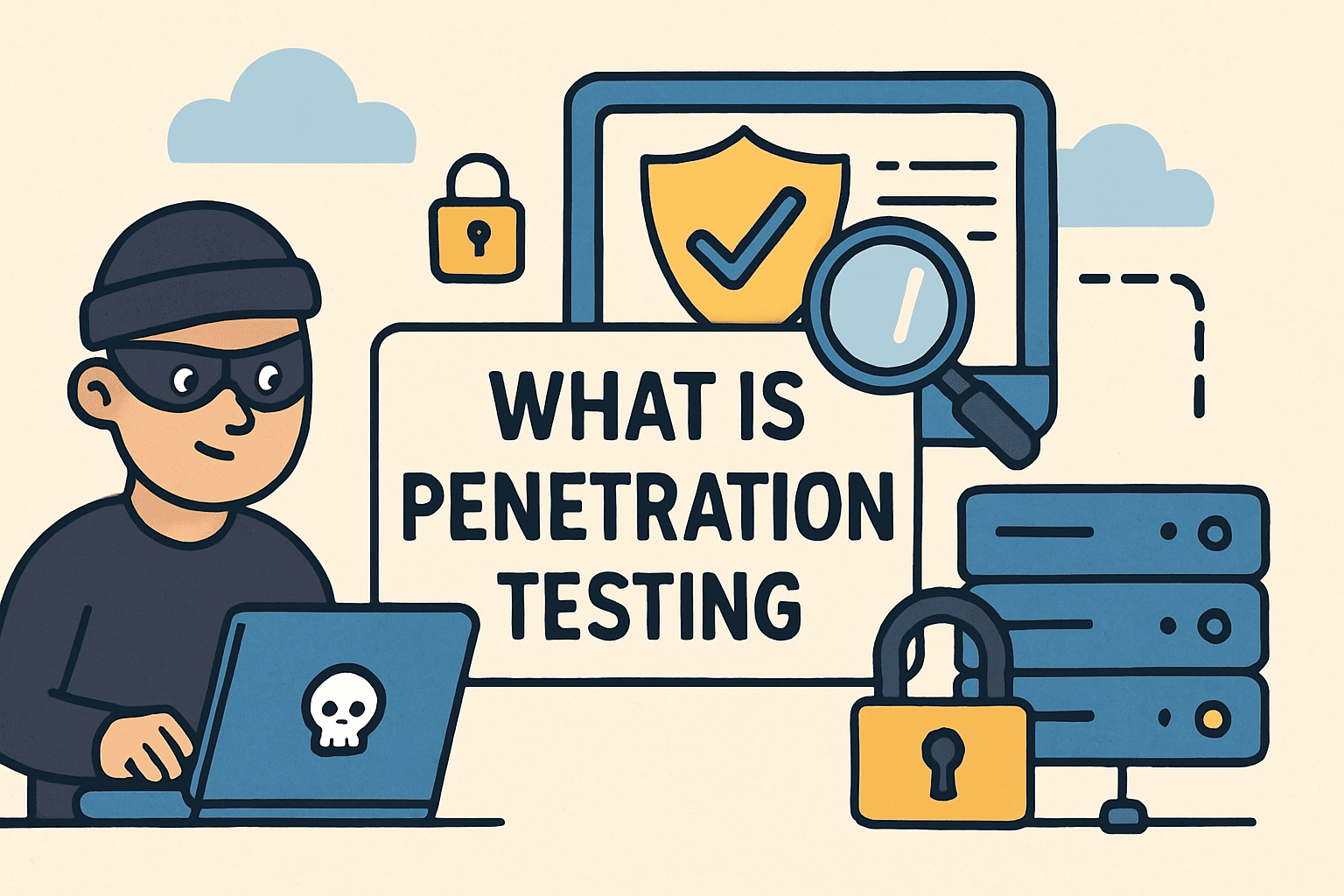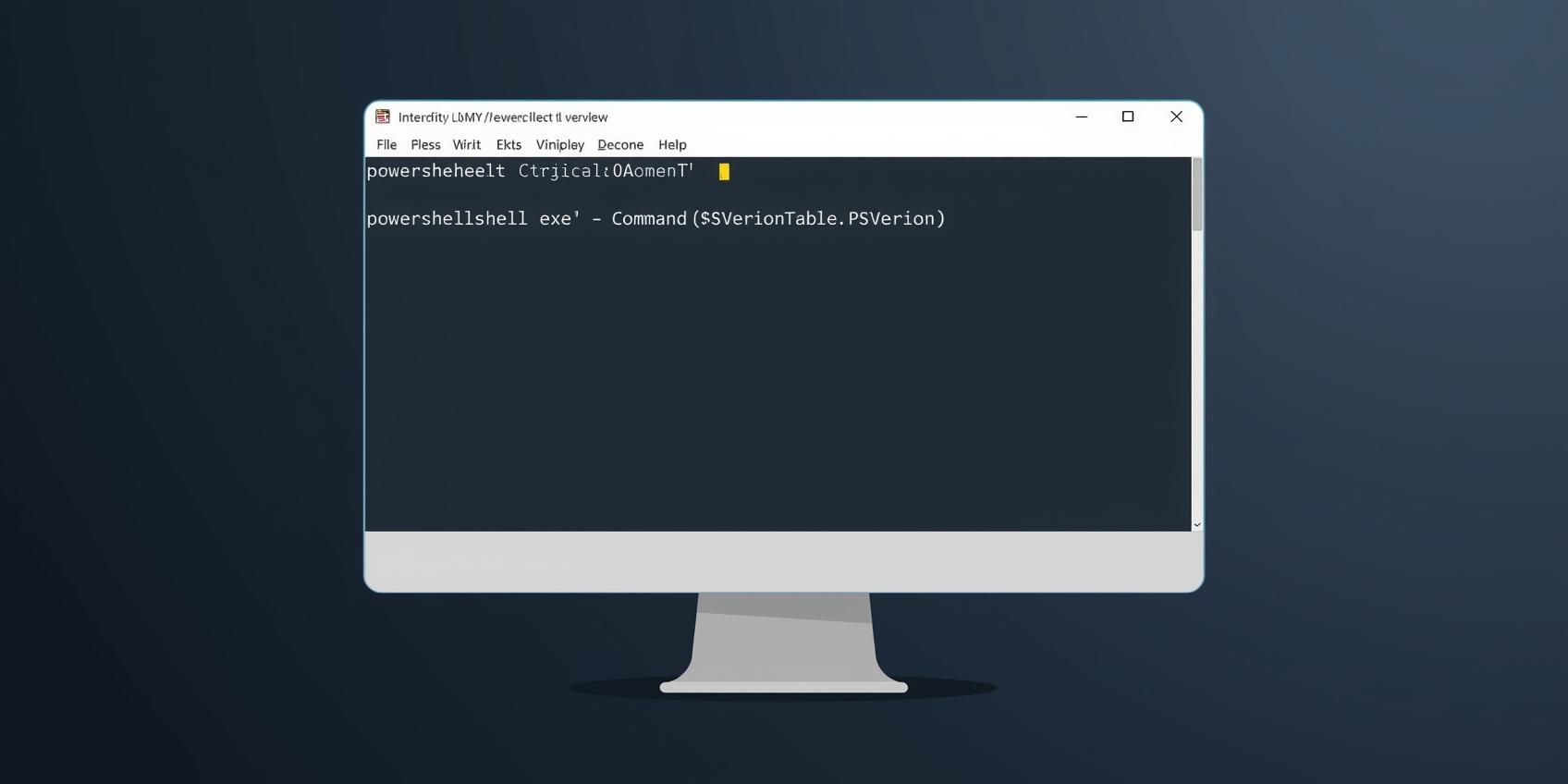Keeping Hackers Out of Your Network Starts with Smart Testing
Updated on June 30, 2025, by ITarian

Every 39 seconds, a cyberattack occurs. Could your organization survive the next one?
Whether you’re an IT manager, cybersecurity professional, or CEO, knowing what is penetration testing is vital for your business. Penetration testing—often called ethical hacking—isn’t just a buzzword. It’s a core strategy used by companies worldwide to proactively identify and fix vulnerabilities before attackers exploit them.
In this guide, you’ll learn what penetration testing is, its key types, popular tools, and how it compares to a vulnerability assessment. Let’s dive into this crucial cybersecurity practice.
What Is Penetration Testing?
Penetration testing is a simulated cyberattack performed by security professionals to identify, exploit, and assess security vulnerabilities in a system, network, or application. The goal is to uncover weaknesses before malicious actors do.
Think of it as hiring a “good hacker” to test how well your defenses hold up against the bad ones.
These tests can target various elements of your IT infrastructure:
- Web applications
- Network systems
- Wireless networks
- Employee behavior (via phishing simulations)
The process helps you discover real-world weaknesses in a controlled environment, ultimately boosting your cybersecurity posture.
Why Is Penetration Testing Important?
Here’s why penetration testing matters more than ever:
- Prevents breaches before they happen
- Validates security controls (like firewalls and antivirus)
- Supports compliance with standards like GDPR, HIPAA, and ISO 27001
- Builds trust with customers and stakeholders
For IT managers and CEOs, it offers data-driven insights into security gaps and helps prioritize investments.
Types of Penetration Testing
Different organizations require different testing scopes. Here are the main types of penetration testing:
1. Black Box Testing
- Tester has no prior knowledge of the system.
- Simulates an external attack.
- Reveals real-world vulnerabilities from an outsider’s view.
2. White Box Testing
- Full internal knowledge is shared with the tester.
- In-depth and comprehensive.
- Helps evaluate internal security mechanisms.
3. Gray Box Testing
- Partial knowledge is provided.
- Balances realism with effectiveness.
- Common in large enterprises.
4. Web Application Testing
- Targets software vulnerabilities (e.g., SQL injection, XSS).
- Focused on the front-end/backend logic and APIs.
5. Social Engineering
- Tests human error (e.g., phishing attacks).
- Essential for awareness training.
Penetration Testing Tools You Should Know
To conduct a successful pen test, professionals use specialized penetration testing tools. These tools vary by focus area—network, web app, wireless, or mobile.
Here are some of the most widely used:
| Tool | Primary Use |
| Metasploit | Exploit development and execution |
| Burp Suite | Web application vulnerability scanning |
| Nmap | Network discovery and port scanning |
| Wireshark | Network protocol analysis |
| OWASP ZAP | Automated web app scanning |
| Nikto | Server vulnerability scanning |
Tip: Many of these tools are open-source and have community editions, making them accessible even to small businesses.
Ethical Hacking vs. Malicious Hacking
Penetration testing is often referred to as ethical hacking, but what separates it from malicious hacking?
| Ethical Hacking | Malicious Hacking |
| Authorized | Unauthorized |
| Improves security | Causes harm |
| Done with consent | Done in secrecy |
| Legal | Illegal |
Certified ethical hackers (CEH) follow strict guidelines to ensure no damage occurs. They report findings to your security team with recommendations, not ransoms.
Vulnerability Assessment vs Penetration Testing: What’s the Difference?
These terms are often used interchangeably, but they’re not the same.
Vulnerability Assessment is like a scan. It identifies known issues based on a database of threats.
Penetration Testing goes deeper. It attempts to exploit those vulnerabilities to evaluate their real-world risk.
| Feature | Vulnerability Assessment | Penetration Testing |
| Depth | Surface-level | In-depth, hands-on |
| Automation | Fully automated | Partially manual |
| Objective | Find weaknesses | Exploit and evaluate risk |
| Output | List of vulnerabilities | Actionable security insights |
For best results, use both in tandem: assess regularly, test periodically.
When Should You Conduct a Pen Test?
You should consider running a penetration test:
- Annually, at minimum
- After a major system update or migration
- When onboarding third-party services
- After significant policy or infrastructure changes
- Before launching public-facing applications
How to Get Started with Penetration Testing
- Define the scope – What assets should be tested?
- Choose the testing type – Black box? Gray box?
- Hire ethical hackers or use in-house talent.
- Run the test using approved tools and guidelines.
- Review the report – Understand the vulnerabilities.
- Remediate – Patch and secure weak points.
- Re-test – Confirm issues are resolved.
Actionable Tips to Maximize Your Pen Test
- Don’t warn employees ahead of phishing simulations.
- Use a combination of manual and automated tools.
- Prioritize high-value assets during testing.
- Document everything for audits and future reference.
- Review third-party vendors as part of your scope.
FAQ: Common Questions About Penetration Testing
1. Is penetration testing legal?
Yes, if authorized. Always have a contract in place before testing begins.
2. How much does a penetration test cost?
Costs vary by scope and provider but range from $4,000 to $100,000+.
3. How long does a penetration test take?
Anywhere from a few days to several weeks, depending on complexity.
4. Can penetration testing be automated?
Some parts can be automated, but effective tests require human expertise.
5. What’s the difference between internal and external pen tests?
- Internal: Simulates an attack from inside the organization.
- External: Tests systems exposed to the internet (e.g., firewalls, apps).
Final Thoughts: Strengthen Your Cyber Armor Today
In a world filled with evolving cyber threats, understanding what is penetration testing could be your first step toward proactive security. It’s not just about ticking a compliance box—it’s about safeguarding your data, reputation, and bottom line.
Whether you’re a small business or an enterprise, penetration testing is a smart investment in long-term resilience.
Ready to elevate your cybersecurity?
👉 Get started with Itarian today for advanced protection, testing tools, and expert insights tailored to your organization.














